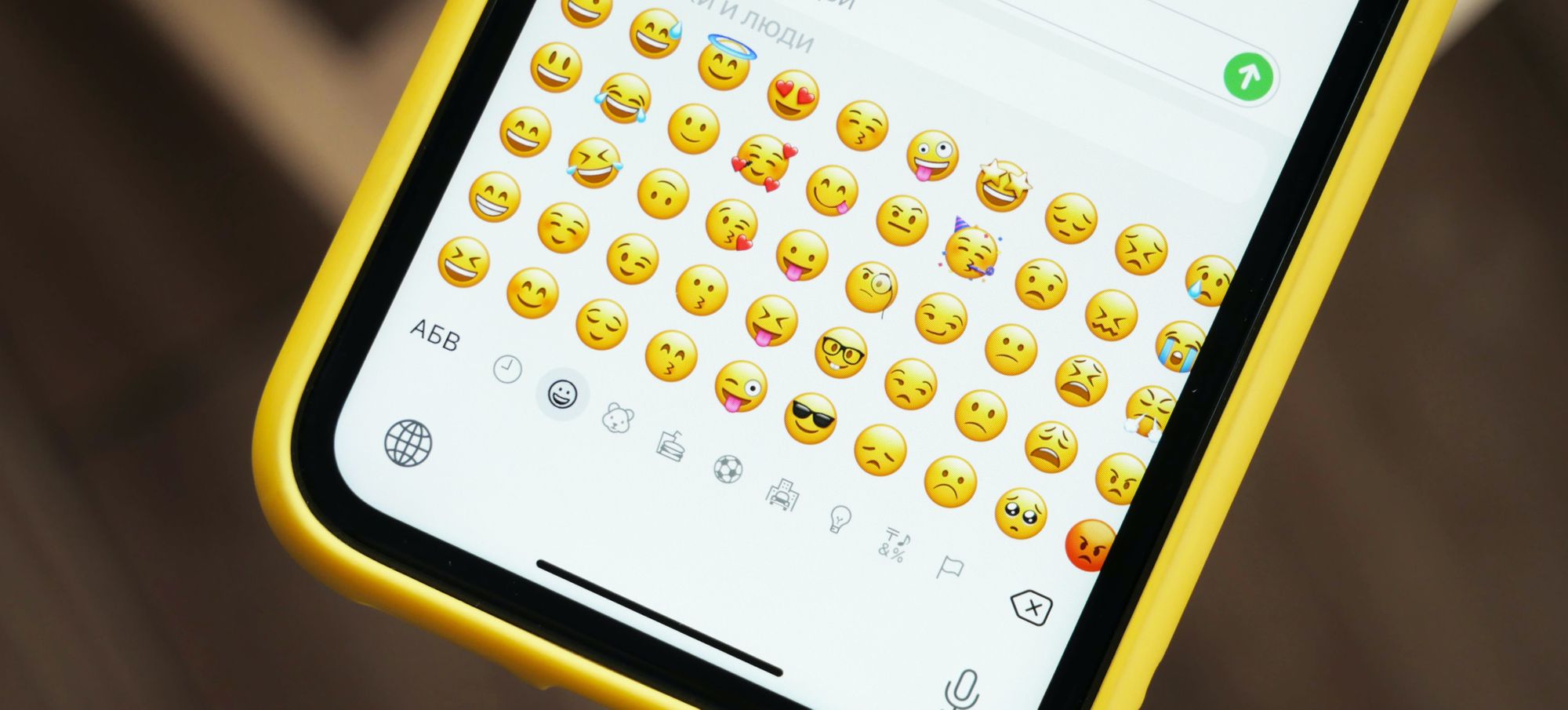If a picture is worth a thousand words, then what about emojis?
The first emoji was created over 20 years ago by a Japanese artist, Shigetaka Kurita, and has now become a regular part of our day-to-day text speech. The intention of creating emojis was to add an emotional nuance to our otherwise stale text. While we are not at the point where people can fluently exchange conversations solely dependent on emojis, emojis play a strong role in the future of digital communication.
Emojis Surpass Language Barriers
To start things off, emojis are a tool to break past language barriers. While technology and digital media minimize global communication hurdles, it is still difficult to communicate through language barriers. Around the world, everyone may use different words to describe the same thing: apple, une pomme, la manzana, etc. But 🍎 is universal. No matter what language you speak, an emoji of an apple is globally understood.
Emojis Add Tone to Text
Did you know that only 7% of communication is dependent on spoken word? The majority of communication is taken from body language, tone of voice, and facial expressions. This means that we miss 93% of non-verbal communication when we text!
It is hard to determine the tone based on text alone, so emojis are the perfect addition to get your true intentions across.
Check out this example:
- Matthew might be wrong 😕
- Matthew might be wrong 😉
- Matthew might be wrong 😠
Textually, all phrases indicate the same message, but with the incorporation of an emoji, the three phrases have different meanings ranging from confused, teasing, and angry.
Communicating Emotions Online
Online communication has become a part of our daily lives, especially during a pandemic where remote work is the norm. We miss out on the face-to-face interactions. Instead, we exchange flat emails and plain texts, but with the help of emojis, we can add human emotion behind our texts to make us feel more connected. Rather than plain text on a screen, we can get some of the human interaction that we miss in person.
Emojis are just the start of the many possible futures of digital communication. Even if they don’t become a standalone language, who knows how far emojis will integrate into communication standards? Emojis could replace certain phrases, moving memojis might become common in text or simply using emojis for visual enhancement of text. The possibilities are endless!

